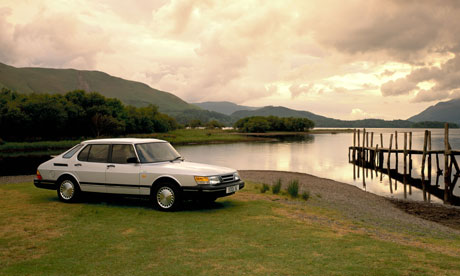
With a heritage rooted in the aircraft company Svenska Aeroplan AB – the first Saab was the most streamlined car on the market when it went into production in 1949 – it is perhaps not surprising that the Swedish carmaker has long been associated with innovation.
The attraction of quirky design was enhanced during the 1970s and 80s when it was one of the first car firms to popularise the turbocharger and front-wheel drive.
Saab started selling outside its homeland in 1960, with sales of the Saab 96 eventually reaching half a million.
But during its 20 years under ownership by GM, which took a 50% stake in 1989 and bought the company outright in 2000, Saab has hardly ever turned a profit. Attempts to introduce new models to the US failed and by 2008, as GM struggled across its businesses, the brand was put under review. Talks with firms including BMW, Fiat, Hyundai and Tata Motors got nowhere and Saab went into bankruptcy, as did GM.
One theory is that as GM's own finances deteriorated it starved Saab of investment. Saab was criticised for failing to invest in new models.
Even during its years of decline, its cars retained a loyalty among buyers, who are said by market researchers to be have a higher proportion of PhDs in their ranks than rival car brands can boast.

